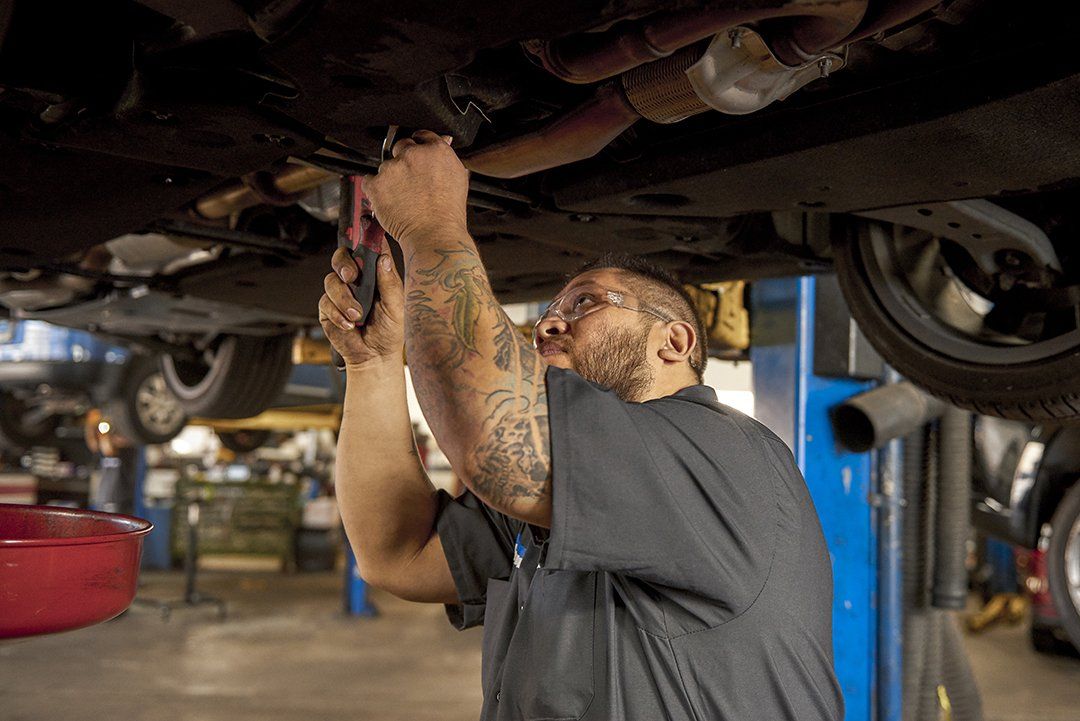Hand-operated transmission systems, likewise referred to as hand-operated gearboxes or stick changes, require chauffeurs to by hand select gears making use of an equipment stick and operate a clutch pedal. This arrangement provides straight control over the vehicle's power and rate, allowing for an extra engaged driving experience. The core parts of a hand-operated transmission include gears, shafts, and synchronizers, which interact to transmit engine power to the wheels efficiently.
In a normal manual transmission, the chauffeur uses the clutch pedal to disengage the engine from the transmission, chooses the desired equipment using the equipment stick, and afterwards launches the clutch to re-engage the engine with the new gear ratio. This procedure enables accurate control over the automobile's performance, enabling drivers to maximize power delivery for various driving problems. The straight mechanical link in manual transmissions commonly leads to better gas efficiency and a more connected feel between the vehicle driver and the lorry.

The drivetrain in vehicles with hands-on transmissions contains numerous essential parts:
•Clutch: Engages and disengages the engine from the transmission to enable for equipment adjustments.
•Transmission: Includes a set of equipments that can be chosen to readjust the car's rate and torque.
•Driveshaft: Sends power from the transmission to the differential.
•Differential: Distributes power to the drive wheels while allowing them to revolve at different rates, especially during turns.

Recognizing these parts is critical for proper car upkeep and procedure, making certain a smooth and responsive driving experience.
Check for more info at Logan Square Auto Repair - Automatic/Manual Transmission Systems Facebook Youtube Instagram
Navigation
Latest Posts
Visit Bill Walsh Ford Showroom – Check Out The Latest!
Friendly Lincoln - Your Source for Exclusive Lincoln Offers
Friendly Lincoln - Exclusive Discounts You Don’t Want to Miss